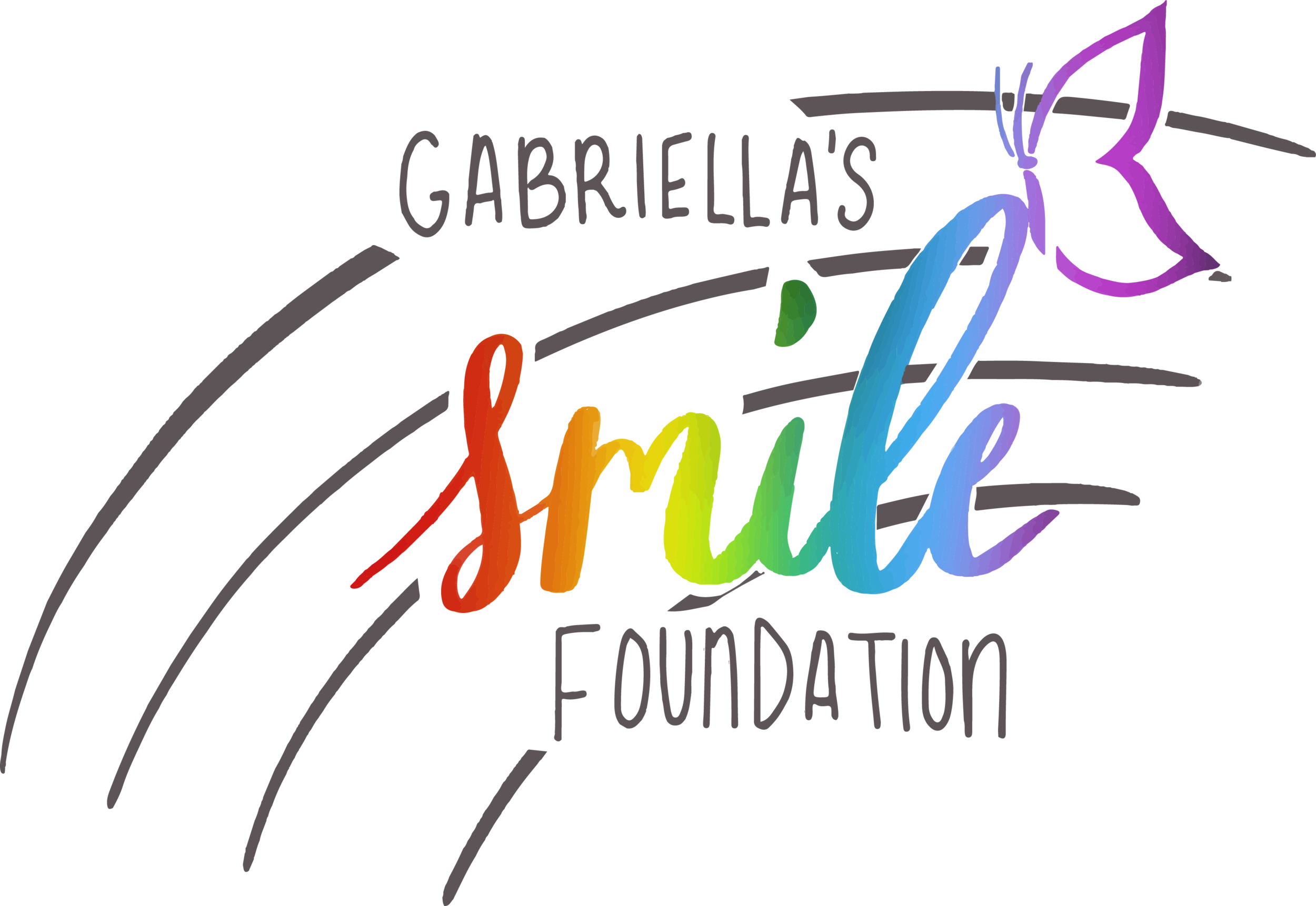What is DIPG?
DIPG (Diffuse Intrinsic Pontine Glioma) is a tumor that forms in the brain stem, or the base of the brain that sits above the neck and connects the rest of the brain to the spinal cord.
The brain stem controls our breathing, heart rate, and the nerves and muscles that help us see, hear, walk, talk, and eat. These tumors are called gliomas because they grow from glial cells, a type of supportive cell in the brain that carries oxygen and nutrients to our body’s nerve cells, among other critical functions.
About 10% to 20% of all childhood brain tumors are DIPG, or brain stem gliomas. They are more common in children between the ages of 5 and 10 years, but can occur at any age during childhood. Though rare, DIPG may also occur in adults.
The most common symptoms of DIPG include the following:
Problems with balance and walking
Problems with the eyes, including double vision, drooping eyelids, uncontrolled eye movements, and blurred vision
Difficulty chewing and swallowing
Nausea and vomiting
Morning headache, or headache that improves after vomiting
Facial weakness or drooping, usually on one side of the face
These tumors are treated with radiation therapy, which are high-energy X-rays that destroy tumor cells. Radiation therapy can reduce symptoms significantly, but there may still be some unavoidable permanent damage caused by the tumor. Steroids are another type of drug often given to improve certain DIPG symptoms. Surgery is not generally a treatment option as the tumor grows in an area of the brain where resection, or tumor tissue removal, is impossible. The effectiveness of chemotherapy on brain stem gliomas is still uncertain.
Medical advances in the past 40 years have greatly improved the survival rates for children diagnosed with most types of cancer. In certain cancers, the medical advances have been nothing short of extraordinary. For example, the survival rate for children with acute lymphocytic (or lymphoblastic) leukemia has increased from less than 10 percent in the 1960s to nearly 90 percent today. Overall, the survival rate for children with cancer is around 83 percent.
Sadly, these medical advances have done nothing for children suffering from DIPG. Brain tumors remain the most common cause of cancer-related death in children, and DIPG is the leading cause of death from pediatric brain tumors. A child diagnosed with DIPG today faces the same prognosis as a child diagnosed 40 years ago. There is still no effective treatment and no chance of survival: only 10% of children with DIPG survive for 2 years following their diagnosis, and less than 1% survive for 5 years. The median survival is 9 months from diagnosis.
Information obtained from:
